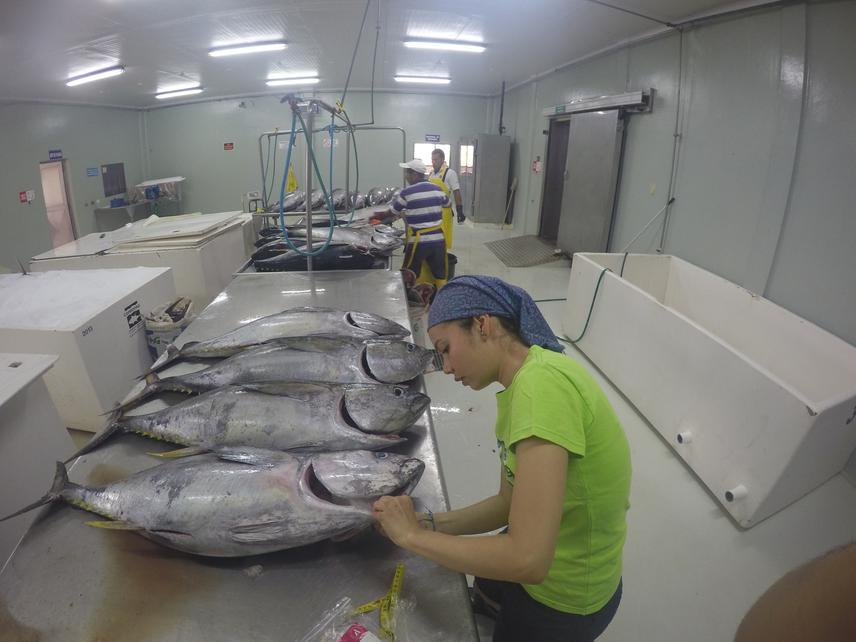Laia Muñoz Abril
Other projects
4 Nov 2015
Trophic Ecology and Connectivity of Yellow-Fin Tuna (Thunnus albacares) Between the Galapagos Marine Reserve and the Ecuadorian Mainland
16 Jan 2017
Genetic Diversity and Population Structure of Yellowfin Tuna (Thunnus albacares) between Ecuador and México
Yellowfin tuna is one of the ocean’s most important apex predators with unique biology and physiology. The tunas put significant pressure on the surface (0-650m) and mid-water (650-3300m) pelagic prey species. Importantly, tuna fisheries provide essential value to communities throughout the tropics, with species such as yellowfin, bigeye, and skipjack among the world's most valuable fish. Knowing life history strategies and stock structure is vital for understanding tuna populations' resilience to human fishing pressure and climate change. Understanding critical components like migrations, population structure, growth rates, sexual maturity, and spawning areas is crucial for evaluating population dynamics and the connectivity of yellowfin tuna populations, reducing uncertainty in stock assessments, and improving management measures.

This study will analyse the yellowfin tuna population structure and life history within the Eastern Tropical Pacific Marine Corridor, an area shared by Costa Rica, Panama, Colombia, and Ecuador. This important region is essential to these nations and within a newly declared protected area. I propose combining studies of yellowfin microchemistry and isotopes to understand the region’s tuna better. Acquiring a deeper knowledge of the tuna population’s biology in that region will provide us with a more accurate understanding of the status of the population and allow us to offer recommendations to enhance the sustainability of this critical fishery that provides livelihoods and sustenance to millions of people.